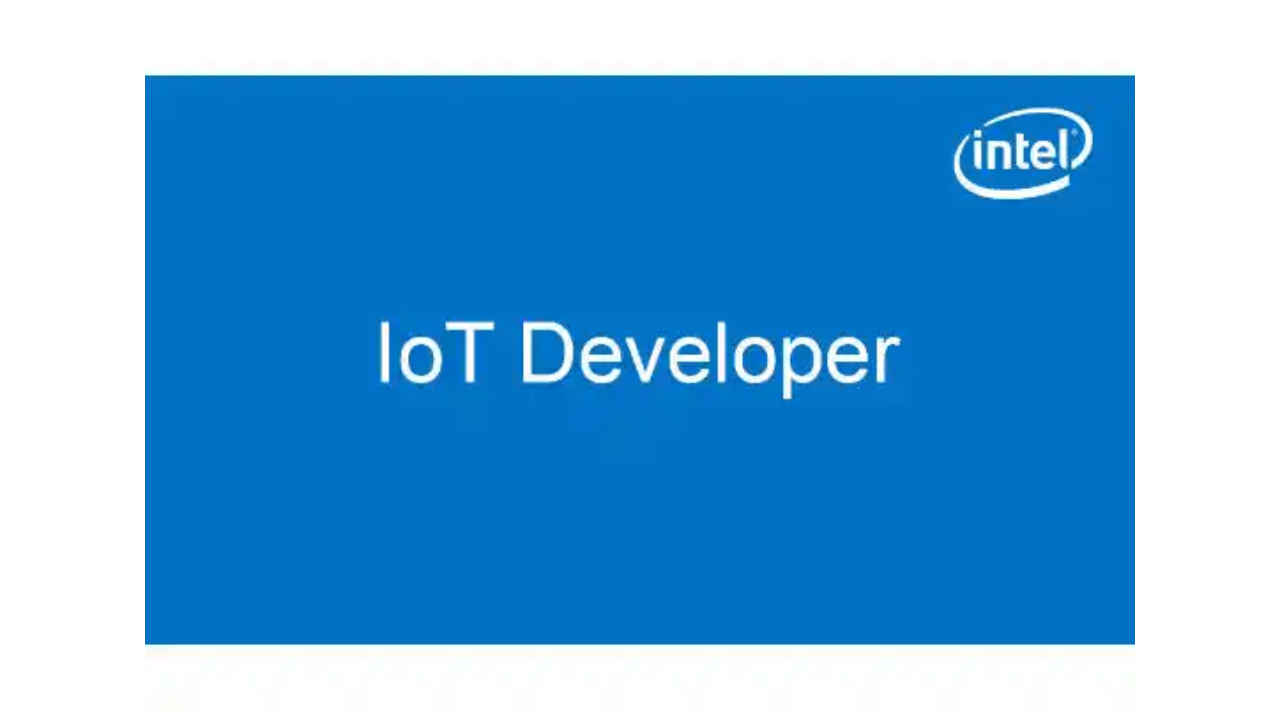The Three Phases of the IoT Revolution and the Resources Developers Need to Get Started

Every day, developers around the globe dream up transformative ideas to use technology to help their customers live healthier, safer, and more productive lives. They propose leveraging new and existing technology and infrastructure to connect things and make them smarter.
But big ideas need to be nurtured—and the technology must be aligned with the current situation.
Here at Intel, we see this transformation as the Internet of Things (IoT) evolution. This evolution is represented by three major phases: connecting the unconnected, creating smart and connected things, and building a software-defined autonomous world.
The First Phase: Connect the Unconnected
It’s early in the evolution; 85% of existing devices are unconnected. Imagine connecting these unconnected legacy devices and uniting them across the network. The generated data could then be harnessed, parsed, normalized, and analyzed for actionable insight. And in the cloud, that data can be processed, stored, augmented, visualized, and integrated in an open, secure, scalable way.
The Second Phase: Create Smart and Connected Things
By 2020, there will be an estimated 50 billion connected devices. That’s a lot of things; all that data will saturate our networks and overwhelm our servers. We will need a way to make smarter things that communicate only the necessary information in an intelligent way. Devices will need to be able to take in data, analyze the data and send the key information to the server. For example, a jet engine generates 1TB of data per flight, and at any given time there are about 6,000 planes in the air. The engines need to be smart enough to let pilots know what they need to see to keep the flight safe and on time. Pilots can then send the data to maintenance crews to ensure the engine keeps running. Knowing when (and how much data) to send is the key to keeping the whole system running.
The Third Phase: Build a Software-Defined Autonomous World
As IoT evolves, things will become smart enough that they can start to make decisions on their own: they transition to autonomy. Think of a self-driving car. The car needs to be able to operate as a closed system that is capable of changing course and velocity instantaneously to keep the driver safe. The car is a complex system made up of multiple cameras and tons of sensors including radar. The computational power needed is huge and can benefit from a connection to the cloud and machine learning algorithms that it can tap into when necessary.
It’s easy for me to see how the first and second phases in the transformation of the Internet of Things evolution can be implemented. That is—connecting the unconnected and a world full of smart and connected things. I’m still working to get my head around the third phase of what it takes to build a software-defined autonomous car. The problem of getting it all connected is exponentially complex. But with Intel and our partners’ shared skills and experience, we are working together to address the problem. I’m excited about the possibilities and doing what I can to accelerate our success.
I encourage you to watch Brian McCarson’s video series on these three major phases. His candor, insight and passion for the technology will really get you thinking about the transformation and how you can contribute to these leading-edge ideas.
We also want to ensure that developers have what they need to be successful. The Intel Software Developer Zone provides developers with the resources they need to get started, learn the IoT basics, dig deeper into the technology and go into production with Intel-based IoT products. In each section, we provide training materials, code samples, detailed documentation and technical support. Check it out and start developing today.
For more such intel IoT resources and tools from Intel, please visit the Intel® Developer Zone
Source: https://software.intel.com/en-us/blogs/2017/05/02/the-three-phases-of-the-iot-revolution-and-the-resources-developer-need-to-get




